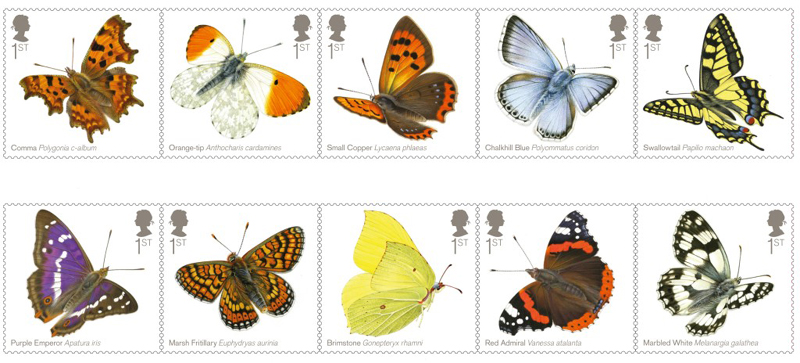Neonicotinoids may be contributing towards the disappearance of butterflies from the countryside, according to the first scientific study to examine the effect of the controversial agricultural pesticides on British butterflies. Researchers found that 15 of 17 species which commonly live on farmland – including the small tortoiseshell, small skipper and wall butterfly – show declines associated with increasing neonic use. Using population data from 1985 to 2012 gathered on more than 1,000 sites across the country, scientists at the universities of Stirling and Sussex, in partnership with Butterfly Conservation and the Centre for Ecology and Hydrology, found that neonicotinoid use better explained steep population declines than other factors. Neonics were first introduced in 1994 and usage increased at its fastest rate during the first decade of the 21st century, when farmland butterflies also experienced a precipitous decline, despite a doubling in conservation spending and predictions that climate change would benefit most species. The Essex skipper declined by 67% between 2000 and 2009 and the small skipper declined by 62% in the same period. Both species’ caterpillars live on grasses found on field margins. Other common farmland butterflies to have suffered steep declines include the small tortoiseshell (64%), the wall brown (37%) and the large skipper (35%). According to the study, published in the journal PeerJ, these declines have largely occurred in England, where neonic usage is at its highest; in Scotland, where spraying of the pesticide is comparatively low, butterfly numbers are stable.
Source: The Guardian, 24 November 2015
http://www.theguardian.com/environment/2015/nov/24/pesticide-butterflie…

- Login om te reageren
